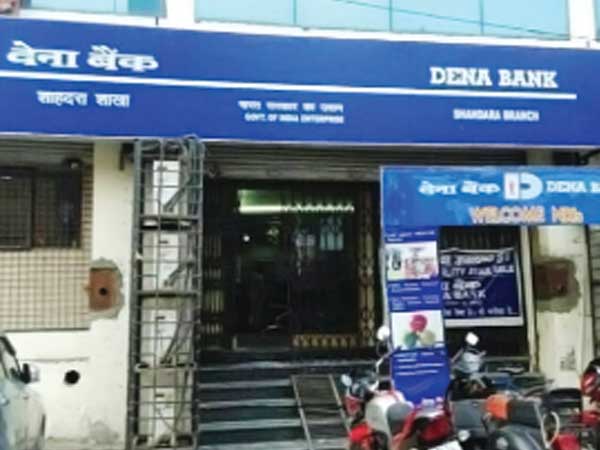
Despite recapitalisation, many public sector banks under the prompt corrective action (PCA) framework of RBI are yet to meet the qualification to come out of it as they have not improved upon several other triggers, including two-year RoA and reduction of net NPAs.
Also, it’s not clear if RBI will accept their bid to jump out of the framework as it was not the intended objective of putting them in that zone.
The PCA list will be reduced as Dena Bank will cease to exist after April 1 following merger with Bank of Baroda.
None of the PCA banks have met the RoA or the profitability criteria of two consecutive years. RBI norms says if banks have negative RoAs for two years, three years and four years consecutively, they fall under the risk threshold. In case of net NPAs ratio, it should be below or just 6 per cent.
Public sector banks have been seeking change in the two-year continuous RoA, RBI has not responded so far.
According to officials, it’s up to RBI to look at the now changed indices in some banks after recap if their CET tier I capital are at or above 5.5 per cent, CRAR where CAR is 9 per cent and above, and reduction in the net NPAs below the stipulated 6 per cent.
So far New RBI governor Shaktikanta Das has not made public his views regarding change in PCA norms or any move to let some banks of the framework.
Finance minister Arun Jaitley had said the capital infusion would enhance PSBs’ lending capacity and help them come out of the PCA framework.
According to finance ministry sources, Bank of India, Oriental Bank of Commerce and Bank of Maharashtra have better chance of coming out of PCA after recap if RoAs are not taken into account.
RBI in its recent financial stability development council (FSDC) report opposed the call to relax risk weightage rules used to calculate capital requirements, saying they fortified banks against the risk of failure. However, it did announce its intention to review capital regulations.
Indian banks are required to maintain a minimum capital to risk-weighted asset ratio (CRAR) at 9 per cent against the global Basel-III requirement of 8 per cent. They also have to keep a capital conservation buffer that is supposed to climb to 2.5 per cent by March 2019. The banks also have to keep 1.25 per cent of capital conservation buffer (CCB)



